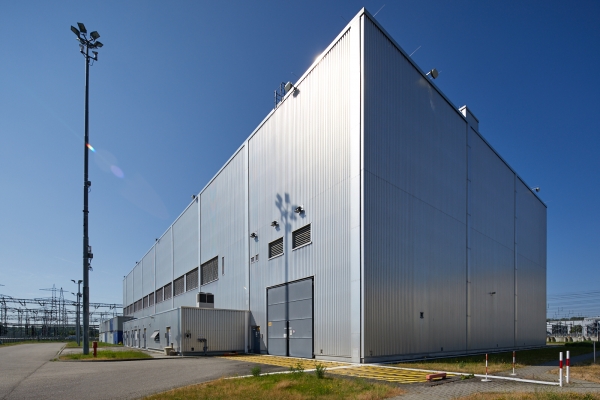Return to export: Early in February, France’s nuclear availability reached its highest level for the quarter (45 GW) but then dropped below 38 GW for most of March, according to EnAppSys. The increased availability of the French nuclear fleet meant that the country was able to resume its position as a net exporter during the first quarter this year after having been a net importer of power during the final three quarters of 2022.
“European countries that rely on power exports from France will have been encouraged by the return to action of nuclear power plants in this country,” said Jean-Paul Harreman, director of EnAppSys BV. “While extreme market conditions resulted in France becoming a primary importer of power during long periods of 2022, this trend was reversed in the first three months of 2023 as the country was once again a net exporter of electricity.”
Harreman added, however, that France continues to import significant amounts of power from Belgium, Germany, and Spain and that net power exports from France were lower than they had been prior to the second quarter of 2022.
Other power producers: Gas- and coal-fired power generation in Europe plummeted to record low levels in the first quarter of this year, according to EnAppSys. Gas and coal plants generated 220.7 TWh in the first three months this year, the lowest quarterly figure in recent years, the company noted.
This reduction largely was attributed to winter weather that was milder than usual, which led to a 5 percent drop in demand for power, compared with the first quarter of 2022—coupled with high prices suppressing demand.
Wind factor: Significant levels of wind generation were also a factor in keeping coal- and gas-fired output low in Europe, which also meant that gas storage levels remained high during the first quarter of 2023. Prices from a leading European benchmark for gas (the Title Transfer Facility, or TTF, a pricing location within the Netherlands) decreased throughout the quarter, falling from €74 per MWh (US$81) at the start of January to €47.30 per MWh (US$52) by the end of March, according to EnAppSys.
“Demand for power in Europe was lower than normal for the winter months because temperatures were generally higher this quarter than in recent first quarters,” said Harreman. “This led to the lowest conventional generation—including gas- and coal-fired generation—of any quarter in recent years, paired with significant levels of wind generation. Total demand this quarter was only around 790 TWh, a significant drop on levels seen in previous first quarters.”









